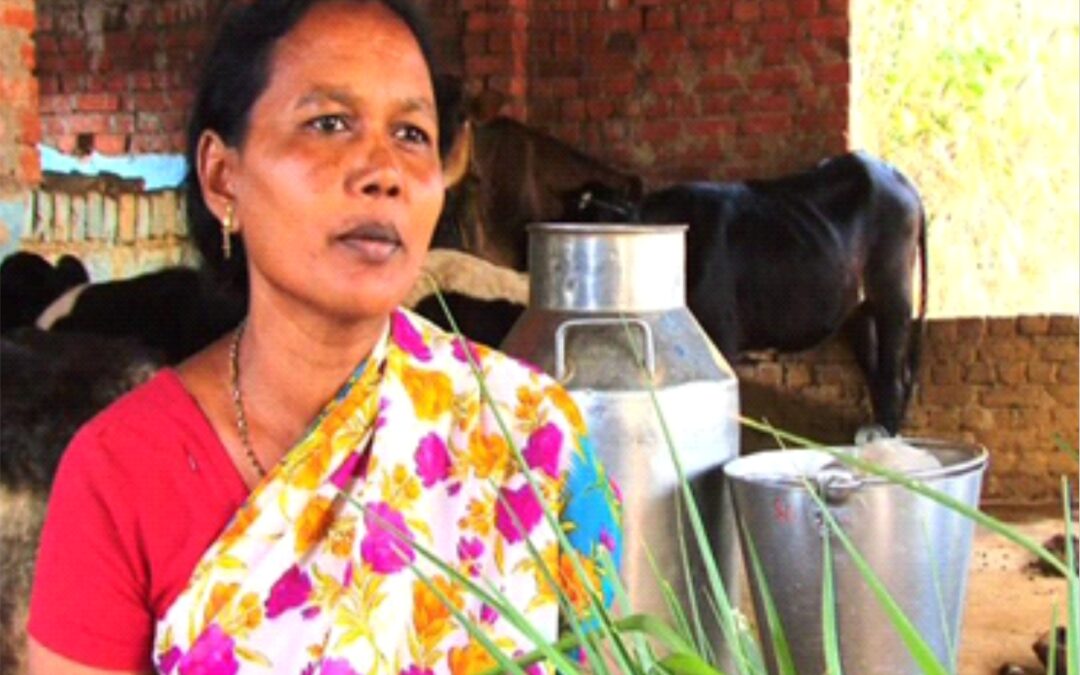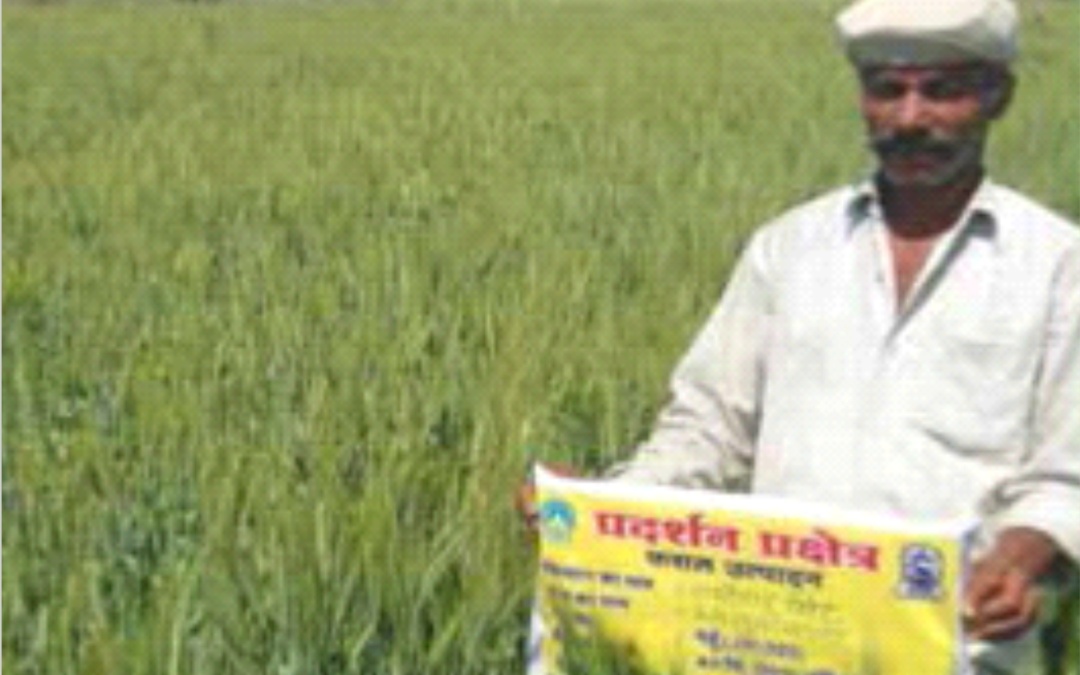
Empowering Self and Others
As a participant of the Prerna Project, Mangalagowri Akka learnt about improved agriculture practices, organic farming practices such as Integrated Nutrient Management, Integrated Pest Management and System of Rice Intensification Techniques.
Prior to the intervention, she was growing only Ragi, Cow Pea and a few vegetables.
Today, she is growing crops such as Tur, Ragi, Cow Pea and leafy vegetables after realizing the significance of Crop diversification.
As a Champion Woman Farmer, she has encouraged almost 40 other women farmers in her area and has also been honored with the Best Women Farmer at taluka level by the Agriculture Department.
- Before intervention Income was Rs. 80,000/annum
- After intervention: Income is Rs 1,70,000/annum
- (112.5 % increase in income)
Her livestock assets have also increased from one to 5 cross bred cows. The milk produced (16 litres) is now sold to the milk collection centre of the Karnataka Milk Federation (KMF) in her village.
Exposure visits to Krishi Vigyan Kendras (KVKs) and to the Agriculture University have motivated her to cultivate BNH 10 fodder in her 10 guntha land.
Digital literacy sessions under Prerna Project have empowered her as a Google and Youtube surfing expert and in collecting vital information on agriculture and livestock management.
She also posts plant pathology-related queries to Agriculture experts regularly.
With the boost in her confidence and knowledge, she has also availed benefits in the form of seeds and fertilizers from the Agriculture Department and KVK for other farmers with a desire to help them also benefit from improved agricultural practices and management












